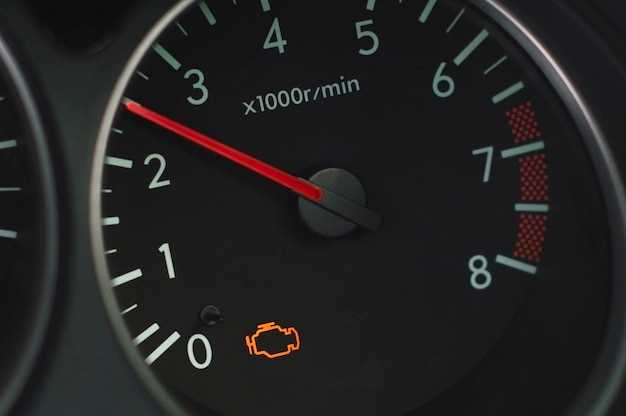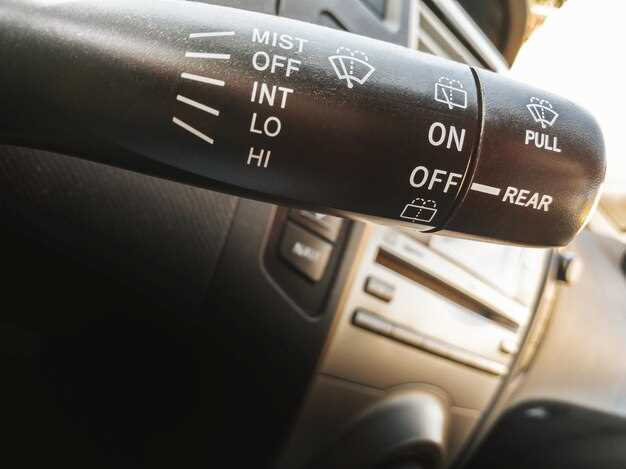

When it comes to optimizing performance in diesel engines, high altitude presents unique challenges that require specific tuning strategies. The decrease in air density at elevated altitudes leads to reduced oxygen levels, which can adversely affect engine efficiency and power output. Understanding how to adjust and fine-tune your diesel engine’s parameters is crucial for maintaining optimal performance in such conditions.
At high altitudes, traditional tuning methods may fall short due to the significant impact of thinner air on combustion. It’s essential to implement strategies that enhance fuel delivery, improve air-fuel mixture ratios, and adjust timing to ensure that your diesel engine can maintain its efficiency and power. By focusing on the right tuning techniques, you can mitigate the effects of low atmospheric pressure and maximize your engine’s potential.
This article delves into the top tuning strategies specifically designed for diesel engines operating at high altitudes. From advanced fuel injector modifications to the implementation of performance chips, these techniques aim to enhance overall vehicle performance and adaptability, ensuring that your diesel engine operates at its best, no matter the elevation.
Optimizing Fuel Injection for Reduced Air Density
At high altitudes, the decrease in air density significantly affects diesel engine performance. The reduction in available oxygen results in incomplete combustion, reducing power and efficiency. To counteract this, tuning strategies focused on optimizing fuel injection become essential.
One effective approach is to adjust the timing of fuel injection. Delaying injection can allow more time for air mixing, improving combustion efficiency under lower densities. Additionally, modifying the injection pressure is crucial; increasing it can enhance atomization, ensuring a finer spray that promotes better mixing with the limited air available.
Utilizing advanced fuel injection systems, such as common rail direct injection, enables precise control over fuel delivery. This adaptability allows for real-time adjustments based on altitude readings, ensuring that the engine receives the optimal fuel-to-air ratio, maximizing performance despite the challenges posed by high altitude.
Furthermore, incorporating alternative fuels with higher energy content can significantly improve combustion characteristics at elevated altitudes. These fuels can complement the tuning of fuel injection systems, leading to enhanced performance and reduced emissions.
Ultimately, a comprehensive tuning strategy focused on optimizing fuel injection is vital for diesel engines operating at high altitudes, ensuring efficient performance and longevity in challenging conditions.
Selecting the Right Turbocharger for Altitude Performance

When tuning diesel engines for high altitude performance, choosing the appropriate turbocharger is essential. At elevated elevations, the air density decreases, which can lead to a reduction in engine power and efficiency. Selecting a turbocharger that compensates for these conditions can greatly enhance performance.
Here are key factors to consider when selecting a turbocharger for high altitude performance:
- Compressor Efficiency: Look for a turbocharger with a high-efficiency compressor stage. This helps maximize the air intake even in thin air conditions, allowing for better combustion and improved power output.
- Size and Trim: Opt for a turbocharger that is appropriately sized for your diesel engine. A smaller turbo may spool up faster and provide better low-end torque, while a larger one can help achieve higher horsepower at higher RPMs. Balance is crucial based on your driving needs.
- Boost Control: An adjustable boost control system can help overcome altitude challenges. This system allows for fine-tuning the turbocharger’s output, ensuring optimal performance as altitude changes.
- Turbocharger Type: Consider a variable geometry turbocharger (VGT) as it can adapt to varying engine demands and altitude changes more effectively than fixed geometry options. This flexibility can enhance performance across a wider RPM range.
- Intercooling: Enhanced intercooling systems can improve the intake air density, which is crucial at high altitudes. Look for turbochargers with or compatible with high-efficiency intercoolers to ensure cooler, denser air enters the engine.
To summarize, investing in the right turbocharger is critical when tuning diesel engines for high altitudes. Focus on features that maximize air intake efficiency and provide adaptability to changing conditions. This approach not only improves engine performance but also enhances driving enjoyment and reliability.
Tuning Engine ECU Settings for Enhanced Throttle Response

At high altitude, diesel engines often face reduced performance due to thinner air, which affects combustion efficiency. To combat this issue, tuning the Engine Control Unit (ECU) settings becomes crucial for enhancing throttle response. This process involves optimizing various parameters to ensure the diesel engine can perform effectively despite altitude-related challenges.
The first step in tuning involves adjusting the fuel maps. Diesel engines rely heavily on precise fuel delivery for optimal performance. By recalibrating the fuel injection timing and duration, you can improve the engine’s response to throttle inputs. This adjustment helps compensate for the lower air density, ensuring that the engine receives the right amount of fuel for the available oxygen.
Another important aspect of ECU tuning is modifying the boost pressure. Many diesel engines use turbochargers to increase air intake. At high altitudes, it’s vital to adjust the boost pressure settings in the ECU to maintain optimal performance levels. This adjustment allows the engine to draw in more air, effectively enhancing combustion and throttle response.
Additionally, tuning the ignition timing can significantly impact throttle response. Diesel engines operate on a different ignition principle than gasoline engines, primarily relying on compression for ignition. By fine-tuning the ignition timing in relation to altitude changes, you can enhance engine efficiency and response times, ensuring a more immediate throttle reaction.
It’s also essential to consider engine management software updates. Advanced tuning tools allow for real-time data monitoring and adjustments. This flexibility is crucial at various altitudes, enabling the driver to make instantaneous changes to ECU settings based on performance demands, thus ensuring a responsive driving experience.
In conclusion, optimizing ECU settings is vital for enhancing throttle response in diesel engines at high altitudes. By focusing on fuel maps, boost pressure, ignition timing, and utilizing advanced management software, drivers can significantly improve performance, ensuring that their diesel engines remain responsive and efficient under challenging conditions.







